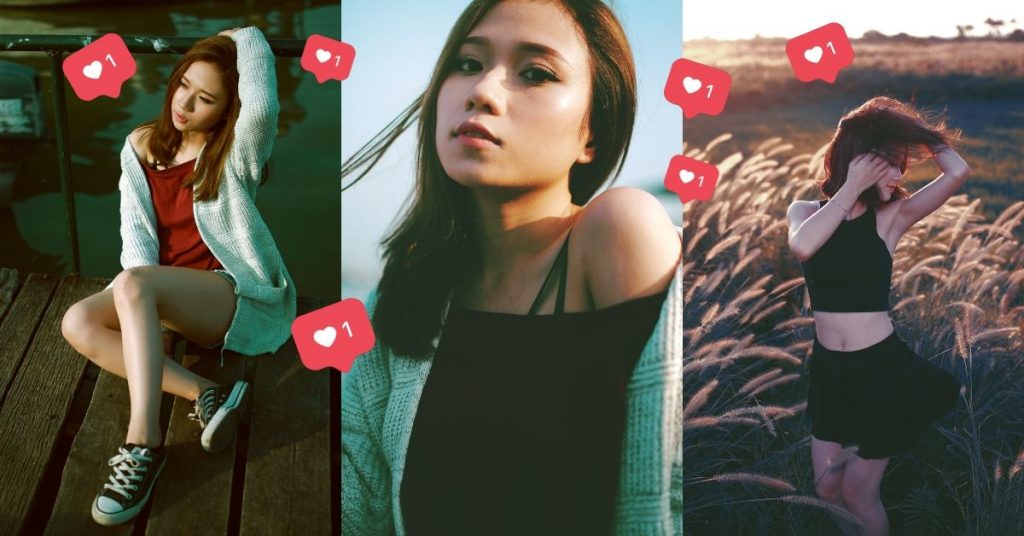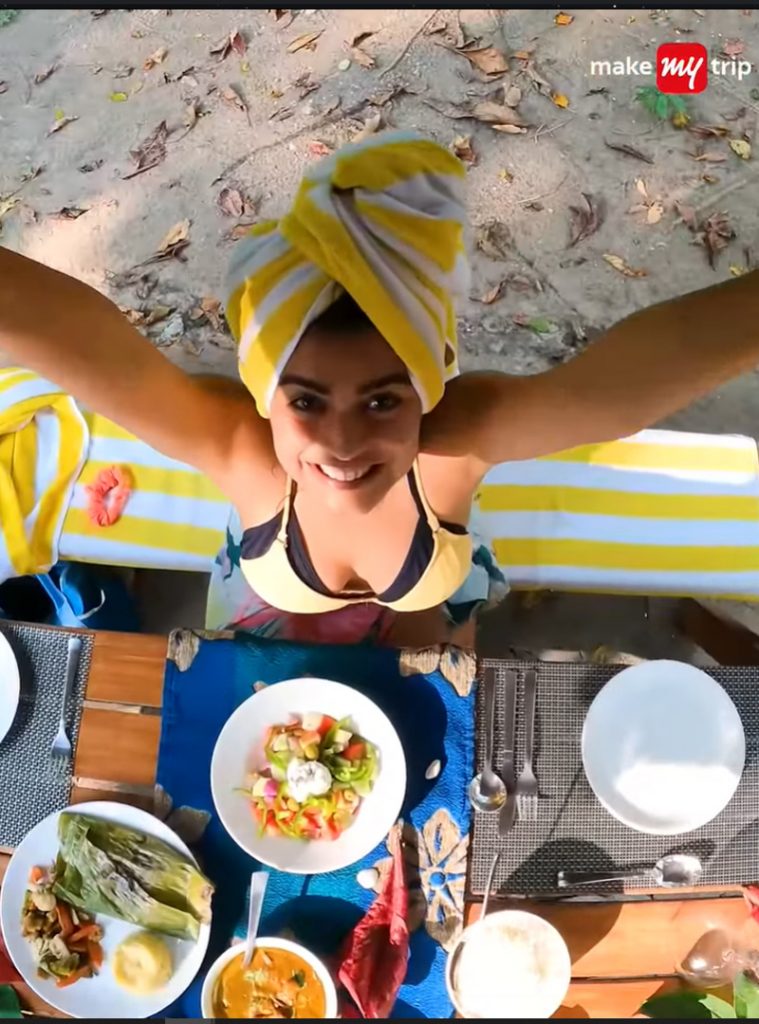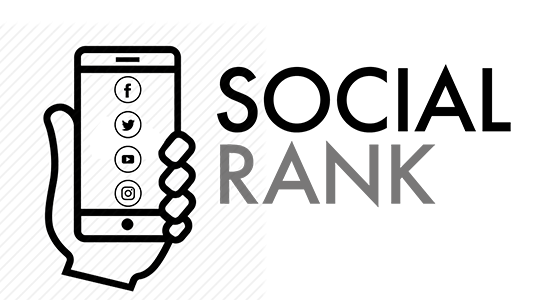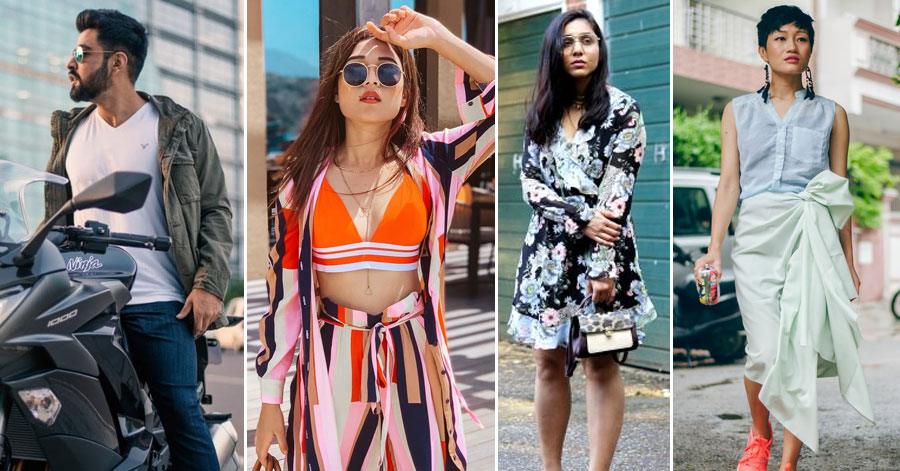Since April, influencer marketing activities have fallen 40-70% as brands paused their campaigns and postponed new product launches keeping in mind the dip in consumer sentiment, said digital marketing experts.
Rahul Singh, founder of Winkl, a platform that helps brands execute, manage and track influencer marketing campaigns: “In April and May we saw a 60% dip in business.” Winkl works with brands such as Amazon, Flipkart and Dabur, among others.
Brands are definitely staying away from promotional activities with influencers at this moment, said Ashutosh Harbola, founder of influencer marketing company Buzzoka. “I have not received a single client brief in the last three weeks or so. There’s a fear among top advertisers of being trolled for being tone deaf to the worsening state of the pandemic in the country if they indulge in promotions.”
Big spenders such as fashion & lifestyle, cosmetics and travel categories have paused their promotions. “Any company which cares about the image of its brand has delayed promotions. Brands are a lot of perception, after all,” said Singh.

What is an Amazon Influencer? As a member of the Amazon Influencer Program, you are a content creator who provides recommendations to inspire your audience via social media. If you are a media company or a brand and want to drive traffic to Amazon, you should apply to the Amazon Associates Program instead.
According to digital marketing agency AdLift, India’s influencer market is estimated at $75-150 million a year, as compared to the global market of $1.75 billion.
Second Wave Slowdown?
Direct-to-consumer (D2C) beauty brand, Plum, which works with a variety of influencers, has taken a conscious decision to slow down campaigns and promotions.
“We did slowdown in terms of influencer marketing campaigns especially in May. We respected the wishes of those influencers who were choosing not to partner at this time. So, there were several promotions and campaigns that were pushed out,” said Arushi Thapar, senior marketing manager at Plum.
Renowned chef Tanaz Godiwala had to pause all influencer collaborations with food bloggers as her cloud kitchen venture A Parsi Affair was impacted by the second wave. With state-imposed restrictions in Maharashtra, there have been multiple challenges in sourcing ingredients, delivery as well as staff safety.
“Owing to the fact that there is no business happening, we are tight on the money to spend on influencers. We are doing bare basic postings on social media platforms and promoting safety and well-being messages. Nobody is going to spend money on luxury items in the current scheme of things,” Godiwala said.
Is the choice of platform post pandemic changing?
Businesses and creators leveraged Facebook and Instagram to enhance their reach online more than ever during the pandemic, but digital marketing had started booming when Google and Facebook became popular

https://www.facebook.com/watch/?v=813283942867862
Social media sites like Facebook and Instagram have become the go-to platforms, especially in the last two-three years, for promoting and advertising products. In 2020, though, Instagram turned out to be the most preferred platform for influencer marketing, with it being the choice of 82% marketers, as per Buzzoka, a Noida-based influencer marketing company. Released in March, the fourth edition of Buzzoka’s Influencer Marketing Outlook (an annual survey that offers a detailed look at the influencer marketing landscape) revealed that YouTube was the second-most preferred platform with 41% votes. The survey included over 300 senior marketers and leading brands across India. Around 72% of the marketers believed that influencer marketing is the fastest-growing online customer acquisition method.
In their earnings report published on Bloomberg on April 30, Amazon, Facebook and Google revealed that people had become more dependent on their offerings since the shutdowns and that this trend could drive long-term growth. The companies said their advertising and e-commerce revenue streams remained immune to the problem of business contraction during these times.
The three pivotal moments in history, however, that defined the digital shift remain the launch of Jio, demonetisation and the pandemic, with the latter being the major reason businesses shifted online, according to Bengaluru-based Abhinav Arora, co-founder and CMO, Avalon Meta, an alternative online education platform.

https://www.instagram.com/p/CPK1S09pJrF/
Another factor that contributed to the boom was the fact that offline projects and shoots were halted. As mobile consumption spiked significantly, brands increased their spending on digital and influencer-led marketing campaigns, shares Mumbai-based Viraj Sheth, co-founder and CEO, Monk Entertainment, a creative digital media organisation. According to Sheth, digital and social media marketing allow one to track the key performance indicators, something that has not been possible with the other mediums in the past. This, in turn, fetches extremely targeted data, which helps analyse the campaign RoI better and take effective steps for the next campaign.
Influencer marketing is an important component of digital and social media marketing today. It involves utilising the services of an influencer with a considerable number of followers to market a product in exchange of payment or the product/services. According to estimates by research company Insider Intelligence (based on data by California-headquartered influencer marketing agency Mediakix), the influencer marketing industry will be worth $15 billion by 2022 up from $8 billion in 2019.
Facebook India’s Bhushan shares that businesses have started communicating with their customers in creative ways, including immersive ad units through influencer marketing. “With digital influence up by 25% across categories, large and small brands are using branded content by creators to drive business impact,” he says, adding, “There’s a natural affinity to interact with public figures, creators and brands. Brands are essentially looking for one thing: business impact. This could be in the form of sales or salience. Leveraging branded content with influencers is a way to deliver on both objectives. They can essentially choose to work with a creator, who has an authentic voice and represents the brand well, to bring alive their content.”
Sharing a few such instances, Bhushan says, “Some examples would be Hyundai, which launched its sedan Aura with influencers and saw a five-point lift in awareness. Similarly, there was a 2.3-point increase in purchase intent for Cadbury when they used influencers. Even a small business like myBageecha, which is into gardening products, recently leveraged branded content in partnership with actor Kareena Kapoor Khan, resulting in a significant ad recall lift of 3.5 points.”
However, there are certain rules when it comes to influencer marketing. In February this year, the Advertising Standards Council of India (ASCI) issued draft rules for influencers on digital media platforms to protect consumer interest. According to the new rules, an influencer has to specify if their content is through a paid partnership and this should be visible on all mediums like phones, tablet, etc, prominently.
The way forward to influencing..
- A B2B brand should choose LinkedIn
- For a consumer brand, Instagram is best
- Once on the platform, one must regularly share authentic content to build audience trust
- One must ensure that purchase (or conversion) flow is smooth and user-friendly on app/site
- Brands should reproduce the user journey themselves and optimise it
- Identify and collaborate with digital influencers and content creators in one’s industry

